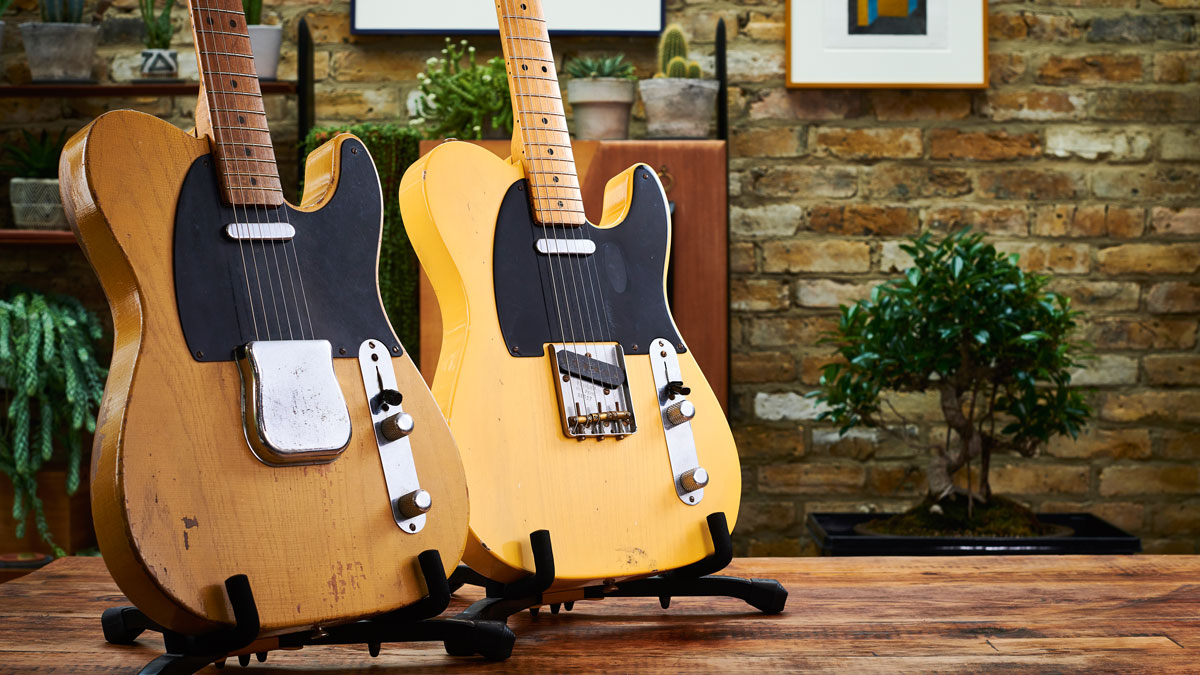
It’s a safe bet that a profound love of the Fender Telecaster has brought you here. It was the first mass-produced electric guitar, the instrument that all these years on will have its devotees declaring “Leo got it right the first time around”, and there’s abundant evidence that he did.
Like all great designs, it was simple. It was groundbreaking, too. A new noise. But we can endorse its brilliance while also acknowledging that the Tele has its foibles, and players, each with our own preferences for tone, might want to improve upon the original recipe. For decades, people have been tinkering with the Tele, ironing out its imperfections and making it their own.
Here are 20 ingenious ways you can transform your Telecaster without losing the essence of what makes a Tele a Tele, the greatest guitar design ever made.
1. Socket solution
Fender’s original design for the Tele’s output jack socket would have been sheer genius had it worked. Instead, you need a specialist tool or a lot of ingenuity to fit one and, in most cases, they’ll eventually work loose or fall out once again. The Retrofit Jackplate is an all-in-one solution.
The jack socket screws into the cup that is fixed inside the body hole by two screws that go diagonally into the wood. It’s available in aluminium, chrome and gold, and the only tool you’ll need is a crosshead screwdriver. And if you ever want to swap back, you can.
2. No squeal
A screaming guitar is fine, but the squeal of microphonic feedback certainly isn’t. Unfortunately, Tele bridge pickups are quite prone to squeal when used with high-gain guitar amps and pedals such as fuzz pedals. However, there is a simple workaround that might cure the problem and it costs next to nothing.
Place some foam rubber on the bottom of the pickup cavity so it presses up against the metal inductance plate. It must be firm enough to dampen vibration but soft enough to ensure the height setting screws still work. And while you’re at it, replace the spacer springs with rubber tubing.
Get The Pick Newsletter
All the latest guitar news, interviews, lessons, reviews, deals and more, direct to your inbox!
3. Intonation improvement
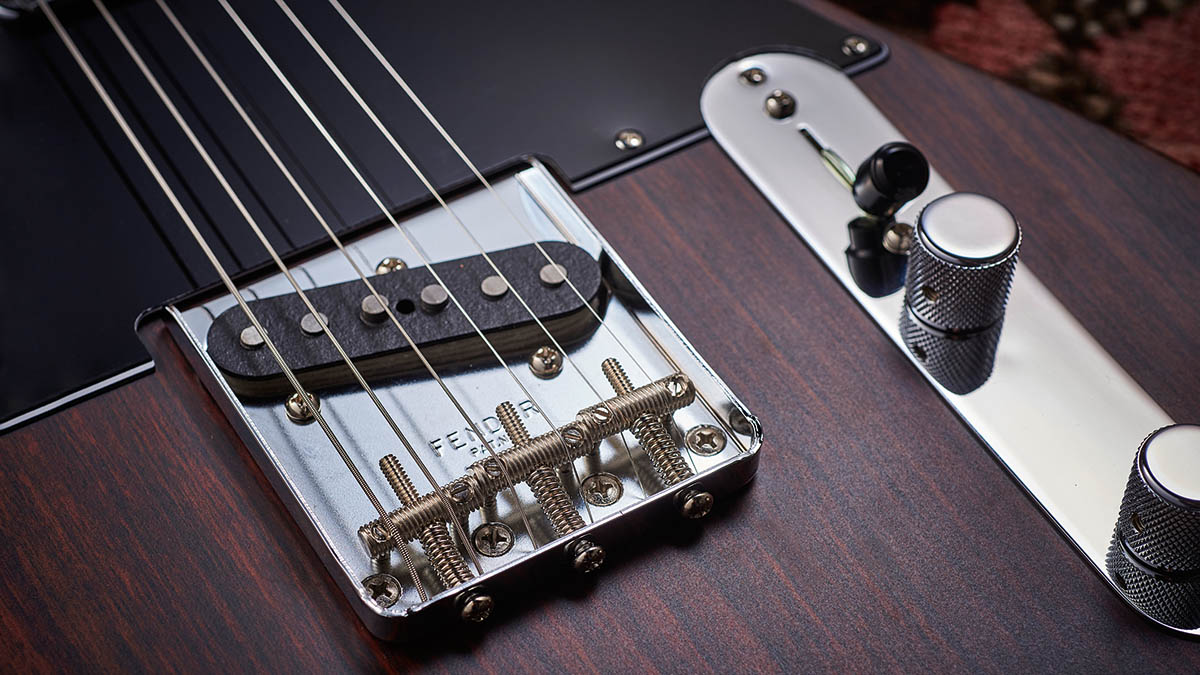
Six or three? Some die-hard Tele fans may insist on three saddles, but that means intonation adjustment will require some degree of compromise. For vintage-style saddles that are at right angles to the intonation screws, try Jerry Donahue’s method of tuning the fretted D string slightly flat of the 12th fret harmonic, and the G string slightly sharp.
Alternatively, check out slanted saddles or the compensated saddles offered by Wilkinson, Graph Tech and Gotoh. Wilkinson’s swivel saddles and Mastery saddles probably offer the most exact intonation adjustment solution for three-saddle bridges.
4. Control plate flip
No doubt ergonomics rather than aesthetics inspired Fender to revise the control layout for the Stratocaster, bringing the controls within easier reach for volume and tone adjustments and swells. It’s also all too easy to knock that Tele switch while you’re playing and one solution is to spin the control plate around.
This has been a popular mod since the get go, with players such as Pete Townshend and Bill Kirchen having tried it at various times. If the idea appeals, remember you’ll have to reverse the volume and tone pots as well as the switch so everything works as expected.
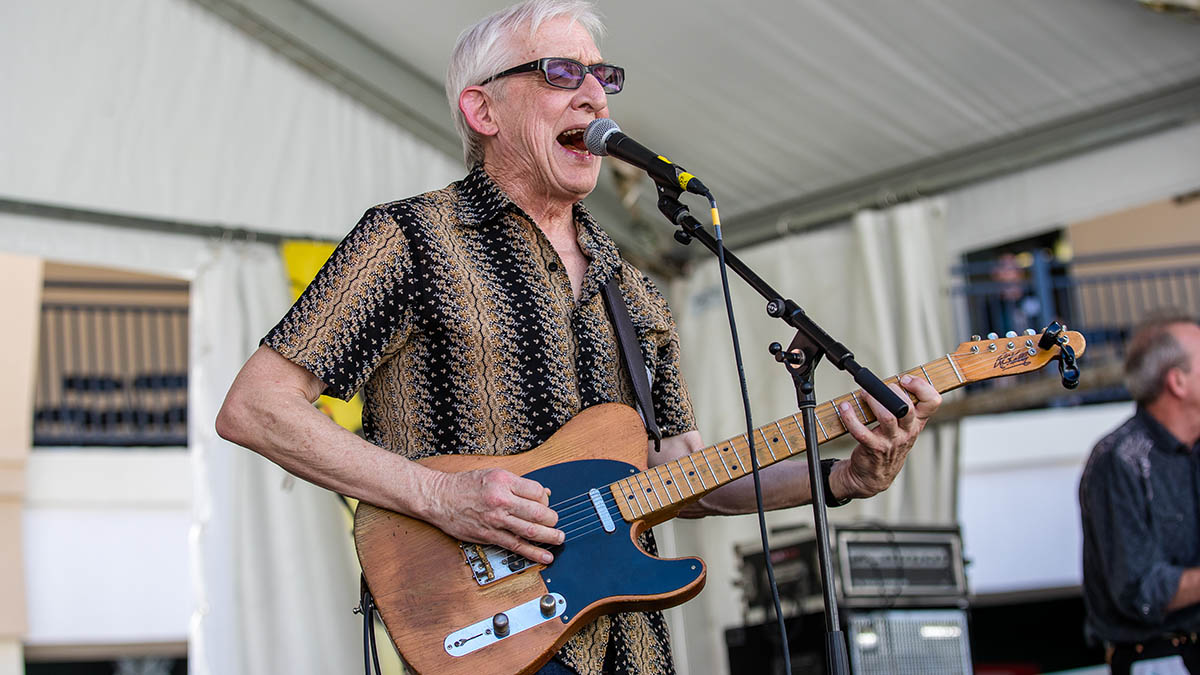
5. Control upgrades
Plenty of suppliers now offer plates with an angled switch slot to make the switch feel more like a Strat’s. Or you could buy a blank plate to drill your own holes for the potentiometers along with a three-way toggle switch.
If you find the volume knob is too close to the switch, Rockinger offers a plate with the volume closer to the tone control, and RockRabbit’s range includes a plate with a kill switch hole. For smooth swells and wah effects, consider a set of heavy knurl knobs for a sure grip.
6. Saddle swaps
Saddle material makes a very audible difference to Telecaster tone and dynamic response. The earliest Esquire and Broadcaster models had steel and brass saddles with a 5/16-inch diameter, but Fender later reduced the diameter to ¼-inch brass before changing to steel. Brass saddles offer fuller mids and excellent sustain, while steel units sound twangier and brighter in contrast.
Titanium and aluminium, meanwhile, offer further tonal options, and mixing brass saddles on the top strings with steel for the low E and A will maximise body and twang. It’s worth investigating saddles with string grooves or guides as these will also retain consistent string spacing and prevent the strings from fouling up against the height screws.
7. Bridge swaps
Vintage-style bridges have high sides that can be obstructive and uncomfortable. If they bother you, consider fitting a bridge with no sides. Alternatively, Gotoh, Barden and Callaham offer Tele bridges that have side scoops to facilitate pick access. Vintage specs will dictate chrome-plated steel, but brass and aluminium bridges are available, along with thicker steel bridges that promise longer sustain.
Chopped bridges retain the stock screw mounting and allow the bridge pickup to be mounted onto the body. Consider converting to six saddles if you’re bridge-swapping and make sure the new bridge’s mounting screws will line up with the original screw holes.
8. Top-loading
In 1958, Fender briefly abandoned through-body stringing and introduced top-loading bridges. Six holes were drilled through the bridge’s rear lip for strings to thread through and pass straight over the saddles. This only lasted until 1959, but Jimmy Page’s Led Zep Tele was a top loader and Jim Campilongo plays one, too.
If you try a top loader bridge, or simply drill holes in your existing bridge, expect extra twang, bite and a slinkier feel. Try top loading the plain strings for easier bending and through-body stringing the wound strings for solidity. Or do the opposite for twangy lows and thicker highs.
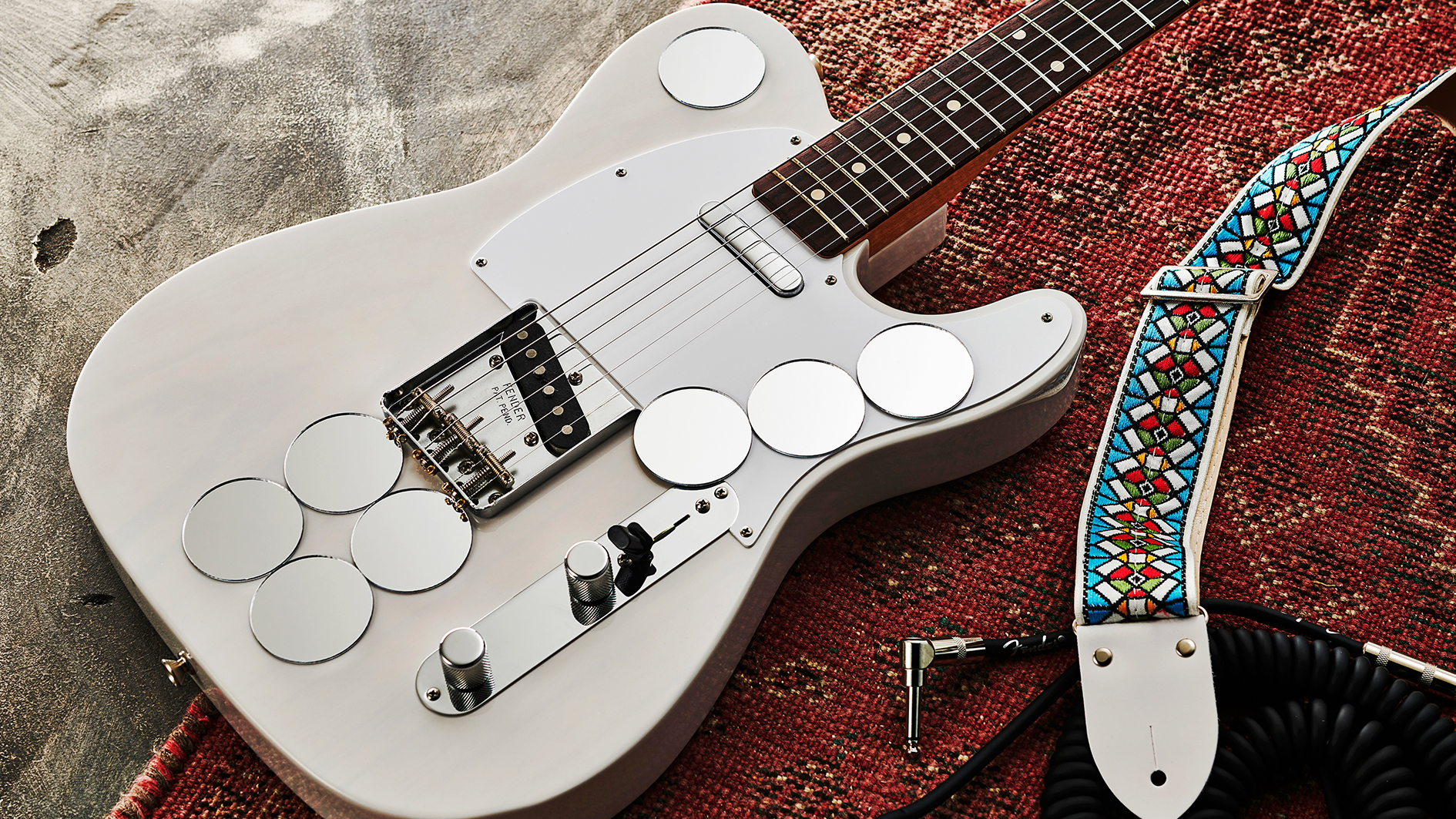
9. Through-stringing
Fender probably introduced top loading to speed up the production process and lower costs, which is why many entry-level Teles are now top loaded. For a more traditional tone and feel, you can convert to through-body stringing, but even with a press drill it’s tough to line the ferrule holes up perfectly.
If you check out early Broadcasters and Telecasters, you can see it took Fender years to nail it. A pro luthier should be able to perform the conversion easily enough and fit a set of ferrules along with a suitable bridge in the process.
10. Bigsby conversion
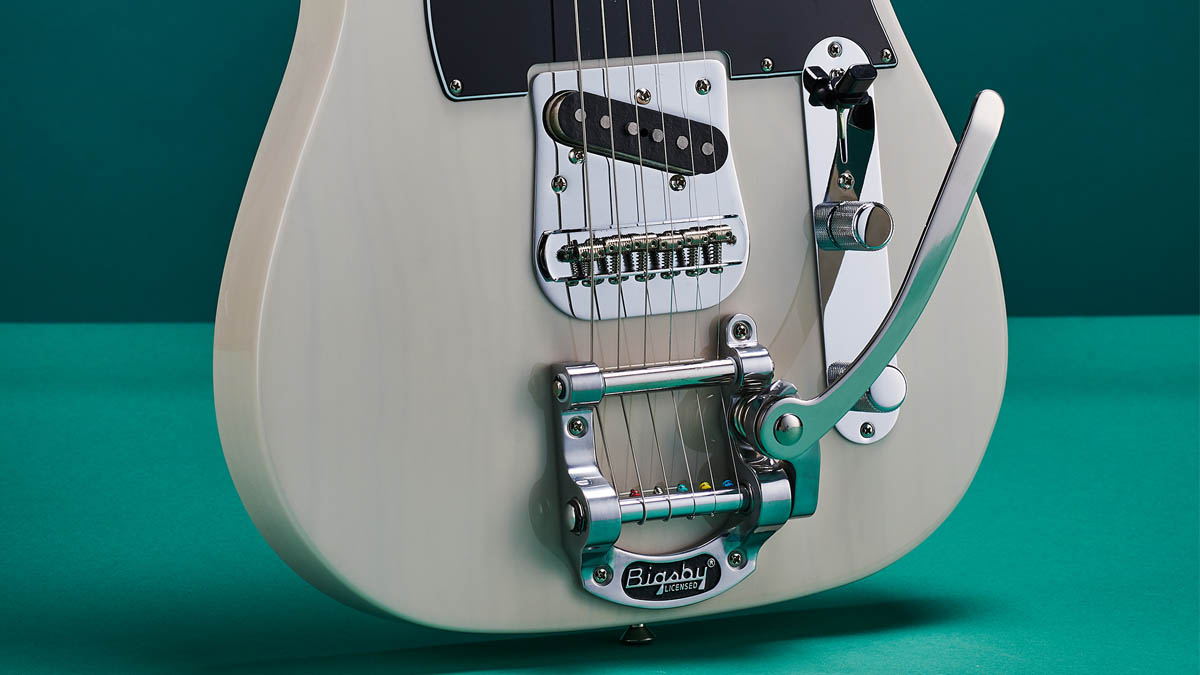
If you like Telecasters, the chances are you appreciate Bigsby vibratos, too. There are various Bigsby options for Telecasters, including the original B16 kit from 1953, which replaces the bridge entirely but requires a 3/16-inch neck shim to compensate for the added pickup height.
The B5 kit includes a front roller Bigsby plus a bridge plate and a rocking bridge with six saddles. To fit this one, you’ll need to drill holes for the bridge posts. Both systems require extra screw holes, but Vibramate offers a fully reversible Bigsby mounting system.
11. String benders
Country players have long used Teles to simulate pedal steel guitars. It involves some very tricky string bending, so Tele virtuoso Clarence White and Byrds bandmate Gene Parsons invented the Parsons White StringBender. This mechanical device has a lever attached to the strap button that bends the B string sharp by a tone when the neck is pulled down.
Parsons later designed the Parsons Green system and the Hipshot B-Bender, operated via the rear strap button or by palm levers. Other options include Peters and Certano palm benders that operate on the G and B strings individually.
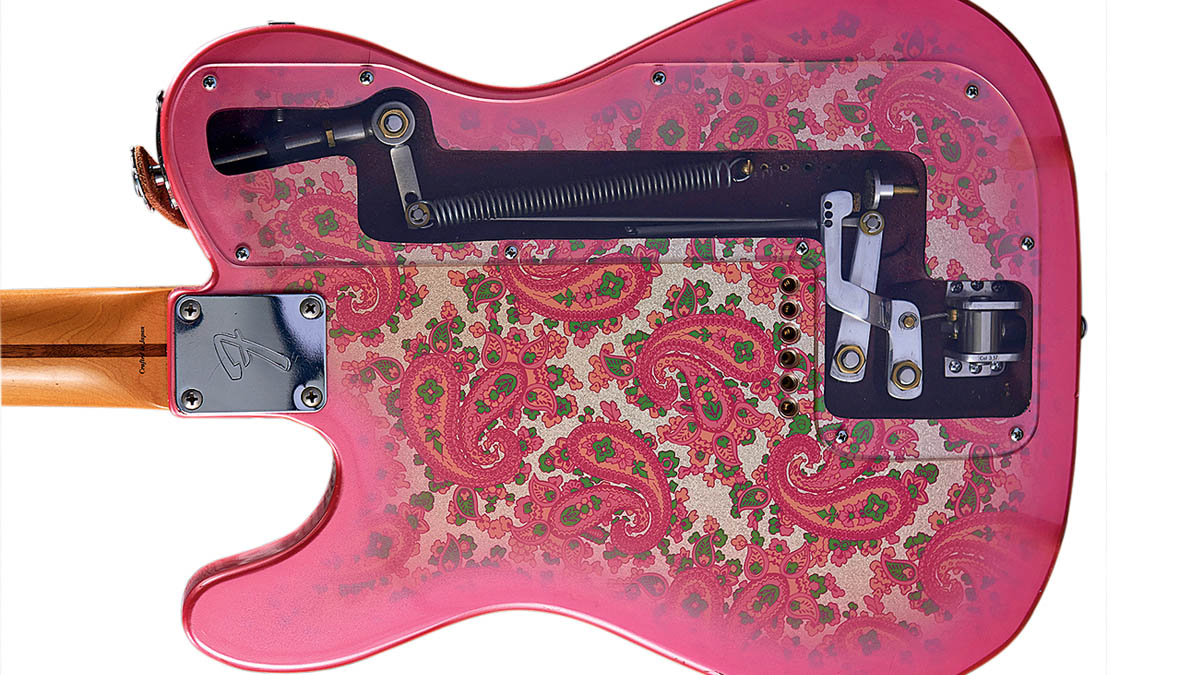
12. Brightening neck pickups
Players often complain about neck pickups sounding too dark, but before getting into pickup swaps, take some time to adjust the heights of both pickups to optimise the level and frequency balance. If that doesn’t produce the desired results, your options are to snip the cover’s ground connection, replace a brass cover with nickel, or retrofit an open top cover.
Be warned: the neck pickup will buzz when you touch it when the cover isn’t grounded. You can also decouple the neck pickup from the tone control by soldering the tone control jumper to the bridge pickup’s hot wire on the switch.
13. Bridge pickup options
The range of aftermarket bridge pickups is vast, and most players tend to go for vintage-style reissues or hotter versions thereof. Oil City’s Wapping Wharf is a particularly interesting vintage option with a tapped coil for twangy mid-50s tones and early ’50s midrange grunt in a single pickup.
Danny Gatton fans may like the clean and quiet tones of a Joe Barden pickup, while the Seymour Duncan Little ’59 and DiMarzio’s Chopper T offer humbucker-type tone in a Tele-sized package. You can also rout the body and buy a custom bridge for conventional P-90, humbucker and Filter’Tron conversions.
14. Neck pickup options
Players have been swapping out Tele neck pickups since the 1950s, with a conventional-style humbucker being the most common choice. But the Telecaster’s construction allows you to fit pretty much any pickup if you’re okay with routing the body. Strat pickups are possible (but arguably unnecessary) if you just need a bit more treble, and other options include P-90s, mini-humbuckers and Filter’Trons.
Telecasters are surprisingly well suited to jazz, and a Charlie Christian pickup really unlocks that potential. Gold Foils are becoming increasingly popular for roosty-style players – and for metal or rock, check out the Seymour Duncan Hot Rails.
15. Nashville mod
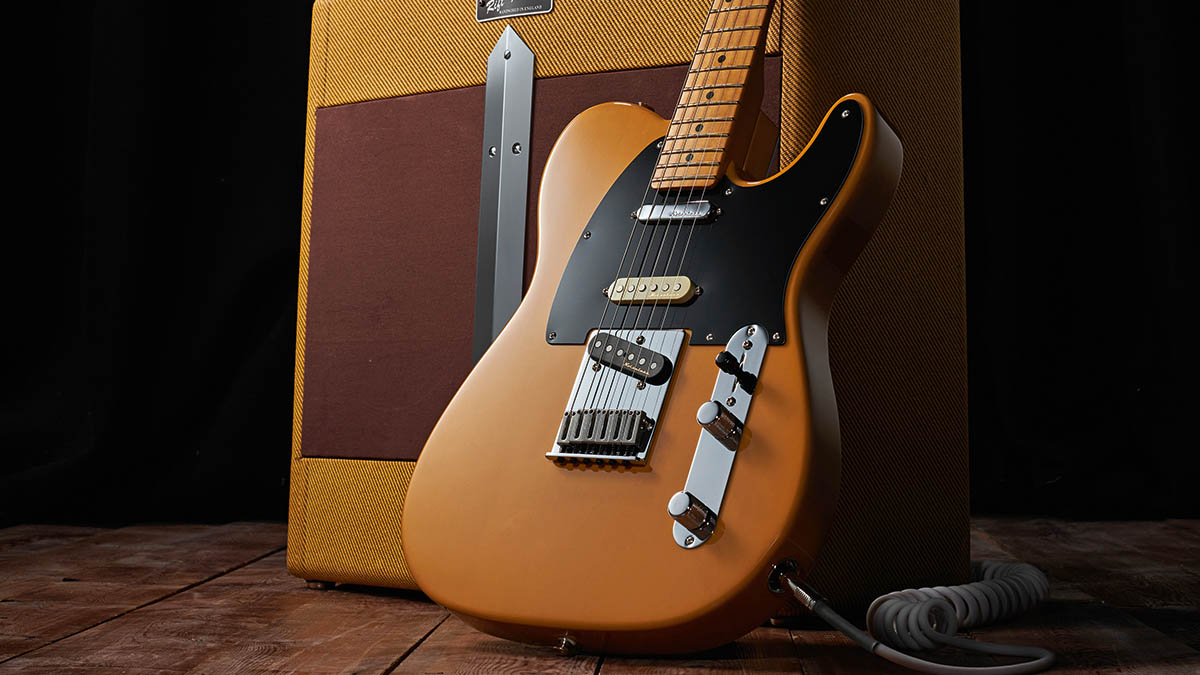
Some Fender owners want their Strats to sound more like Teles and their Teles to sound like Strats. Country pickers soon devised a way of getting the best of both worlds by fitting a Strat pickup to the middle position of their Teles to approximate those in-between tones.
To do this, you must rout a cavity into the body and cut a hole in the pickguard, but if you ever change your mind, a new pickguard will conceal the evidence. A five-way switch conversion might be good, too. Alternatively, a Fender Nashville Tele is an off-the-shelf option.
16. 1950s tone control mod
If treble roll-off bothers you when you dial back your volume control, then rewiring the tone control connection might be preferable to having a treble bleed capacitor on the volume control. This simple modification mimics the way Gibson wired tone controls in the 1950s, by taking the feed from the output (centre) tag of the volume potentiometer, rather than the input (outer) tag.
This mod is as simple as it gets because you only need to desolder the wire and resolder it. You don’t even need to remove the strings – and if you change your mind later on, just move it back.
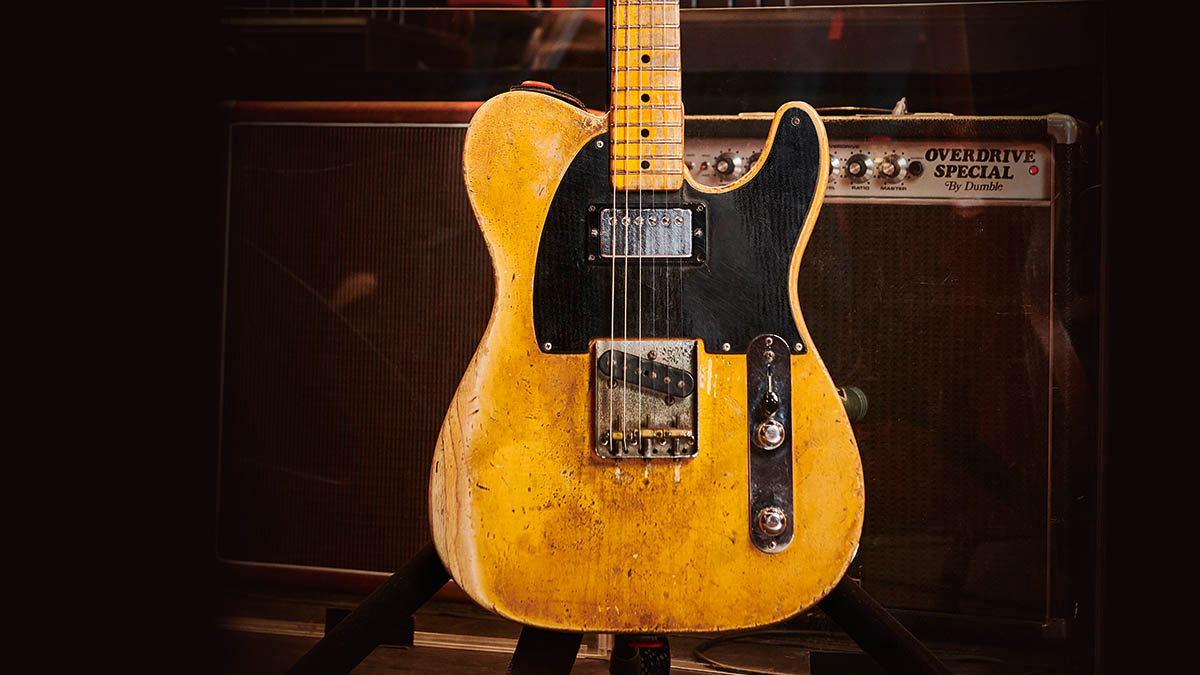
17. Pot values
Since the get go, most Fenders with bright-sounding single-coil pickups have been fitted with 250k control potentiometers to sweeten the treble. Around 1969 Fender began installing 1meg-ohm pots in Telecasters, which makes Tele from that era, and well into the 1970s, sound noticeably brighter.
Teles with a neck humbucker can benefit from having a 500k volume pot, with a 470k or 500k resistor connected between the bridge pickup’s hot connection and ground to balance them out. If you’re upgrading a budget guitar, the pot holes in the control plate may need widening to accommodate CTS potentiometers.
18. Switching up
Replacing the three-way switch with a four-way or five-way allows you to exploit the full potential of the stock pickups. The regular centre setting combines the pickups in parallel, but the extra position of a four-way switch can be used to wire them in series for a pseudo humbucker tone with higher output and fatter mids.
With a five-way switch you have an outof-phase setting for a scratchy and honky tone that sounds funky when clean and like a Spaghetti Western soundtrack with fuzz. From the outside, your guitar will look totally stock.
19. Eldred Esquire mod
Stock Esquire wiring has the pickup disconnected from the tone control in the back position and connected to the tone control in the middle position. The front position has a preset treble roll-off that’s so dark, most players find it unusable.
Mike Eldred of Fender’s Custom Shop conceived a wiring mod that gives this setting a thicker cocked-wah-type tone and makes an Esquire sound more like a Les Paul Junior.
It’s excellent for powerchords and soloing, and your Esquire will have three distinct and useful tones. Try it if you fancy converting your Tele to an Esquire or before converting your Esquire into a Tele.
20. Vintage wiring
The bridge/both/neck wiring scheme that is typical of today’s Telecasters wasn’t actually a thing until 1968. Even so, some players prefer the earlier wiring with bridge/neck/treble cut settings. The both together setting is missing, but you could install a switching pot or a four-way switch to include it.
The earlier Broadcaster-era wiring has the treble cut setting but didn’t include a tone control. Consequently, the neck pickup sounds clearer and more open than usual, and the second control acts as a pickup blender. Wiring schematics are available online and both settings are worth trying if you’re handy with a soldering iron.
Huw started out in recording studios, working as a sound engineer and producer for David Bowie, Primal Scream, Ian Dury, Fad Gadget, My Bloody Valentine, Cardinal Black and many others. His book, Recording Guitar & Bass, was published in 2002 and a freelance career in journalism soon followed. He has written reviews, interviews, workshop and technical articles for Guitarist, Guitar Magazine, Guitar Player, Acoustic Magazine, Guitar Buyer and Music Tech. He has also contributed to several books, including The Tube Amp Book by Aspen Pittman. Huw builds and maintains guitars and amplifiers for clients, and specializes in vintage restoration. He provides consultancy services for equipment manufacturers and can, occasionally, be lured back into the studio.
“Finely tuned instruments with effortless playability and one of the best vibratos there is”: PRS Standard 24 Satin and S2 Standard 24 Satin review
Epiphone brings one of Gibson’s most desirable one-off finishes to the masses with Guitar Center-exclusive Widow Les Paul – but it’s been given a twist











